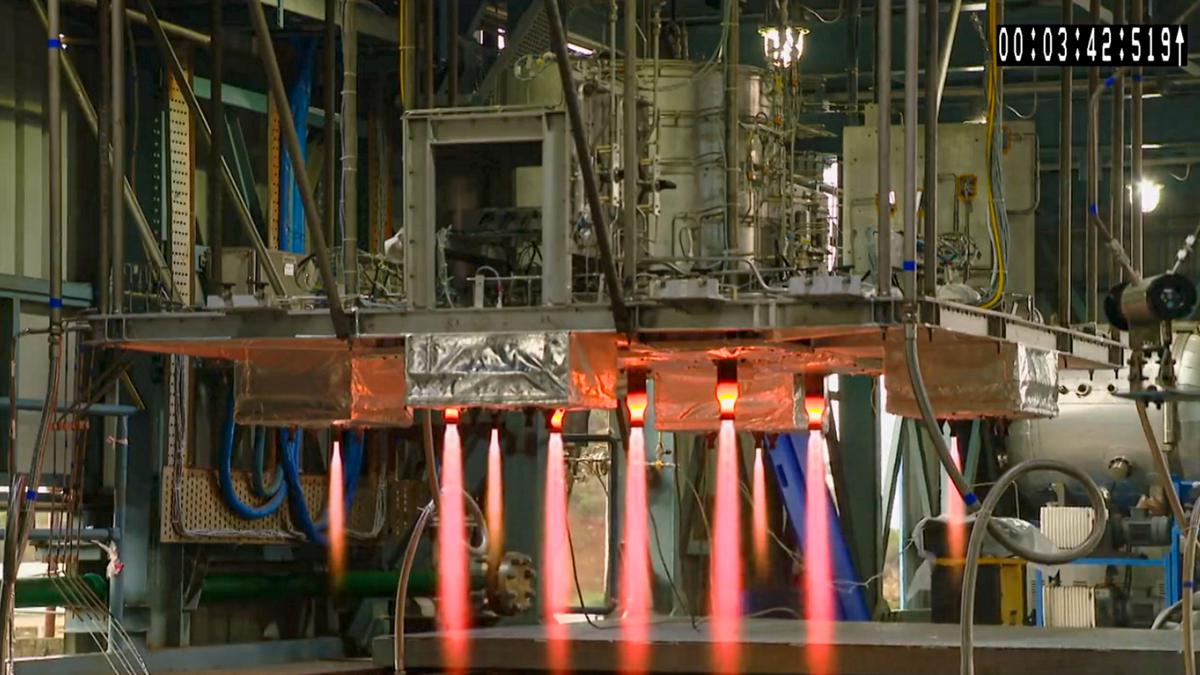
ISRO’s Gaganyaan Service Module Propulsion System aces 2 more hot tests
The Hindu
The tests will validate and refine the performance of the propulsion system, ensuring its readiness for the upcoming Gaganyaan mission, which envisages demonstration of human spaceflight capability by launching a crew of three members to an orbit of 400 km for a three-day mission.
Indian Space Research Organisation (ISRO) successfully carried out two more hot tests on the Gaganyaan Service Module Propulsion System (SMPS) at ISRO Propulsion Complex (IPRC), Mahendragiri, on July 26.
The SMPS is designed and developed by the Liquid Propulsion System Centre (LPSC) in Bengaluru and Valiamala, Thiruvananthapuram.
These tests marked the second and third hot tests in the Service Module – System Demonstration Model (SM-SDM) Phase 2 test series. The first hot test was conducted on July 19.
During the July 26 tests, the thrusters were operated in both continuous and pulse mode, in sync with the mission profile.
According to ISRO, the initial hot test, which lasted for 723.6 second, focussed on demonstrating Orbital Module injection, and the calibration burn of 100 N thrusters and Liquid Apogee Motor (LAM) engines. The calibration burn was essential to identify and isolate any non-operational engines. The LAM engines and reaction control system (RCS) thrusters performed as expected.
The latter hot test, with a duration of 350 seconds, aimed to demonstrate the circularisation of the Orbital Module to achieve the final orbit.
During this test, the LAM engines operated in continuous mode, while the RCS thrusters fired in pulse mode.





















 Run 3 Space | Play Space Running Game
Run 3 Space | Play Space Running Game Traffic Jam 3D | Online Racing Game
Traffic Jam 3D | Online Racing Game Duck Hunt | Play Old Classic Game
Duck Hunt | Play Old Classic Game











